| Environment and its Components |
The link of PDF of this Environment and its Components is given below the explanation of the class, you can download the PDF by going below.
Environment and its Components
In this post of “Environment and its Components”, we will discuss about the meaning and definition of the environment and its key components, including natural, human-made, and human aspects, highlighting their significance in our lives.
Environment
- The word “Environment” is derived from the French word “Environner” which means “surrounding” or “neighbourhood”.
- Our surrounding includes Biotic factors like plants, animals, human beings, microbes etc. as well as Abiotic factors like air, water, sunlight, soil etc.
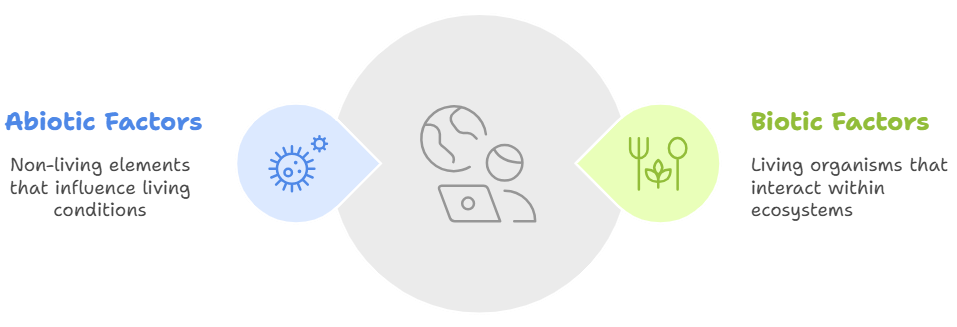
- Definition of Environment: It is defined as the surroundings or conditions in which an organism lives or functions.
- In simple terms, the environment is everything that surrounds us, including natural and human-made elements.
- Living organisms and their environment are closely connected and depend on each other for survival. Example: Plants need sunlight, water, and soil to grow, while animals depend on plants and other animals for food.
- A balanced relationship between biotic and abiotic factors is essential for maintaining life on Earth.
- If this balance is disturbed (e.g., due to pollution or deforestation), it can harm both the environment and living beings.
- Protecting the environment is necessary to ensure the survival of all organisms and maintain a healthy ecosystem.
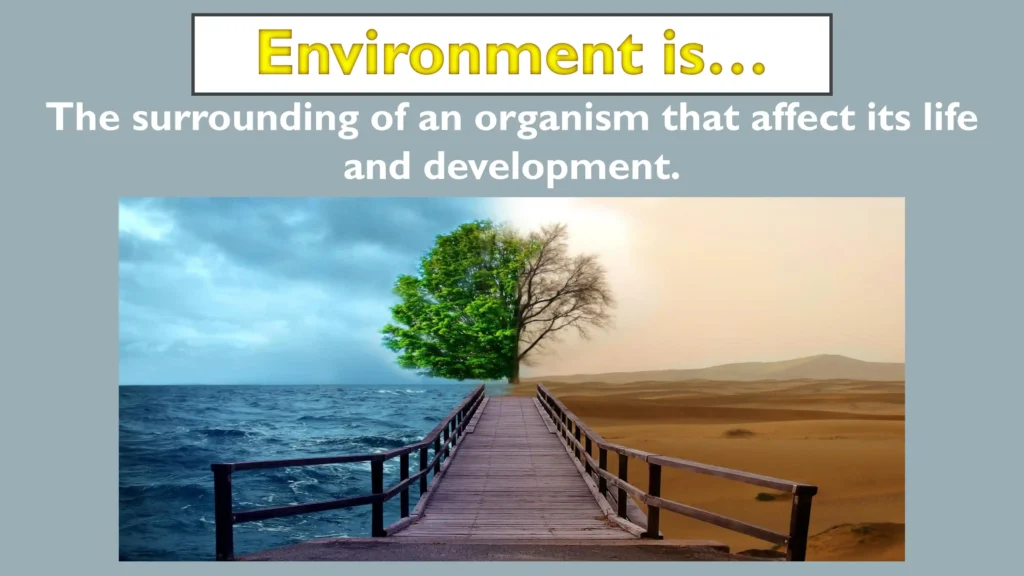
Components of Environment
Environment is a combination of natural and human-made phenomena. The components of environment can be classified as follows:
(A). Natural Environment
(B). Human-made Environment
(C). Human Interaction

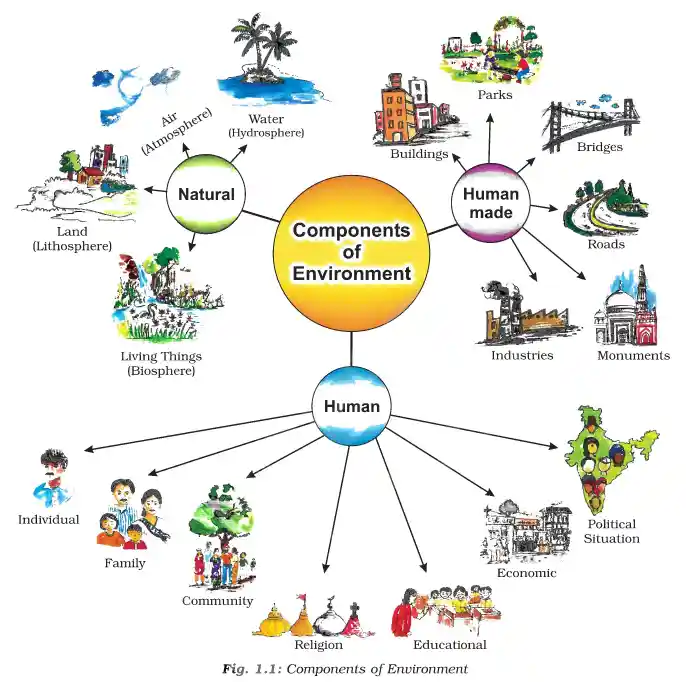
(A). Natural Environment:
- The natural environment includes everything provided by nature, such as land, water, air, plants, and animals.
- It can be divided into two parts:
- Biotic: The world of living organisms (e.g., plants, animals, humans).
- Abiotic: The world of non-living elements (e.g., land, air, water, minerals).
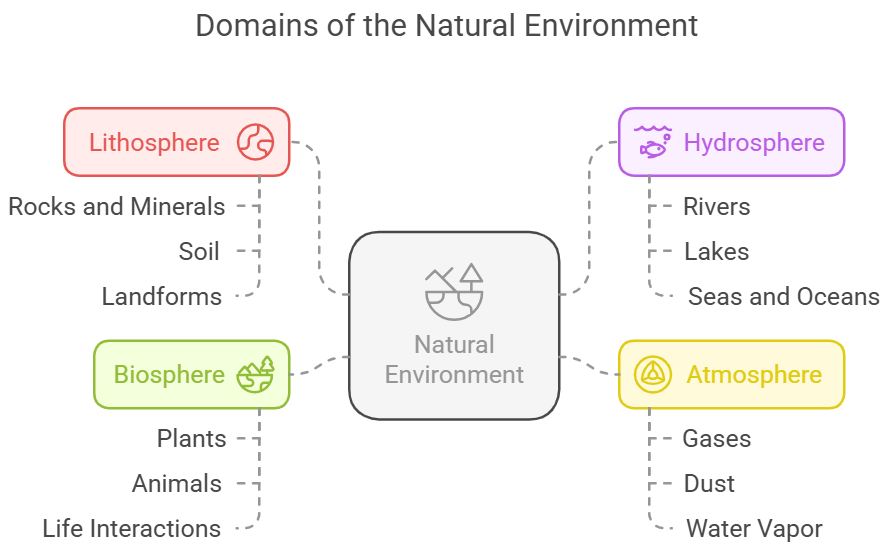
- The natural environment is classified into various domains:
- 1. Lithosphere:
- The solid, outermost layer of the Earth, consisting of rocks, minerals, and soil.
- It includes landforms like mountains, plains, and valleys found both on continents and the ocean floor.
- Lithosphere is the domain that provides us forests, grasslands for grazing, land for agriculture and human settlements.
- It is also a source of mineral wealth.
- 2. Hydrosphere:
- The domain of water is referred as hydrosphere.
- It comprises various sources of water and different types of water bodies like rivers, lakes, seas, oceans, etc.
- It is essential for all living organisms.
- 3. Atmosphere:
- The atmosphere is the thin layer of air that surrounds the earth. The gravitational force of the earth holds the atmosphere around it.
- It consists of a number of gases, dust and water vapour.
- It protects us from the harmful rays and scorching heat of the sun.
- 4. Biosphere:
- Plant and animal kingdom together make biosphere or the living world.
- It is a narrow zone of the earth where land, water and air interact with each other to support life.
- 1. Lithosphere:
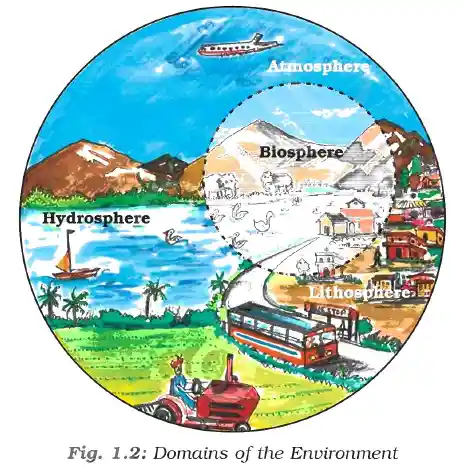
(B). Human-Made Environment:
- This includes structures and objects created by humans to fulfill their needs. Examples:
- Buildings, roads, bridges, and parks.
- Machines, vehicles, and tools.
- These are created by modifying the natural environment.

(C). Human Environment:
- Human beings interact with both the natural and human-made environment to form their own environment.
- This includes:
- Social aspects: Family, community, religion, and culture.
- Economic aspects: Trade, commerce, and industries.
- Political aspects: Governments and laws.
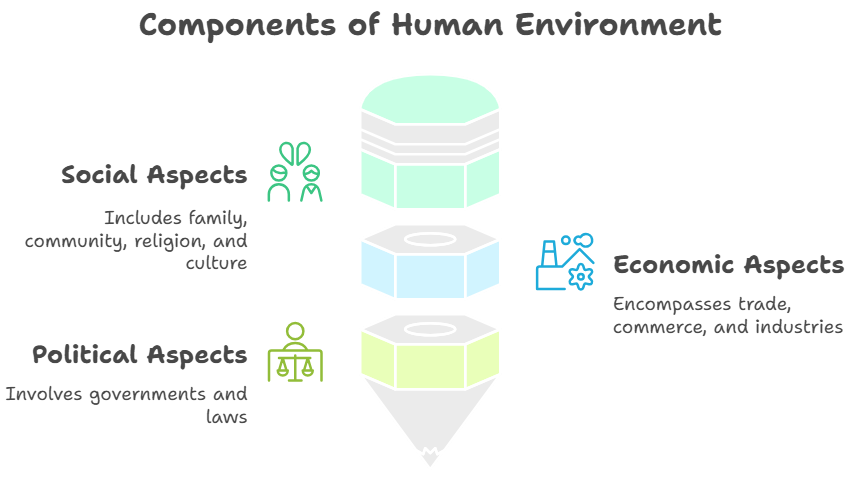
Some MCQs on Environment and its Components
Q1. What is environment?
(a) Only living things around us
(b) Only non-living things around us
(c) Everything that surrounds us, including living and non-living things
(d) Only human-made objects
Answer: (c) Everything that surrounds us, including living and non-living things
Explanation: The environment refers to everything that surrounds a living organism. It includes natural components like air, water, plants, and animals, as well as human-made components like buildings, roads, and vehicles. Both living and non-living things are part of the environment.
Q2. Which of the following is a component of the natural environment?
(a) Building
(b) River
(c) Bridge
(d) Factory
Answer: (b) River
Explanation: The natural environment consists of things created by nature, such as rivers, mountains, forests, and oceans. Buildings, bridges, and factories are human-made components.
Q3. What is lithosphere?
(a) A layer of air surrounding the Earth
(b) The domain of water
(c) A zone where land, air, and water interact
(d) The solid crust or outermost layer of the Earth
Answer: (d) The solid crust or outermost layer of the Earth
Explanation: The lithosphere is the Earth’s hard, outermost layer. It includes rocks, soil, and landforms like mountains and valleys. It provides space for agriculture, settlements, and natural resources like minerals.
Q4. The hydrosphere includes:
(a) Only oceans
(b) Only rivers and lakes
(c) All water bodies, including rivers, lakes, seas, and oceans
(d) Clouds and air
Answer: (c) All water bodies, including rivers, lakes, seas, and oceans
Explanation: The hydrosphere refers to the domain of water on Earth. It includes all forms of water bodies, such as oceans, rivers, lakes, and even underground water.
5. The biosphere is best described as:
(a) The domain of all living organisms
(b) A layer of gases surrounding the Earth
(c) A zone with no life
(d) The solid crust of the Earth
Answer: (a) The domain of all living organisms
Explanation: The biosphere is the zone of life on Earth where living organisms like plants, animals, and humans interact with land, water, and air. It supports all forms of life.
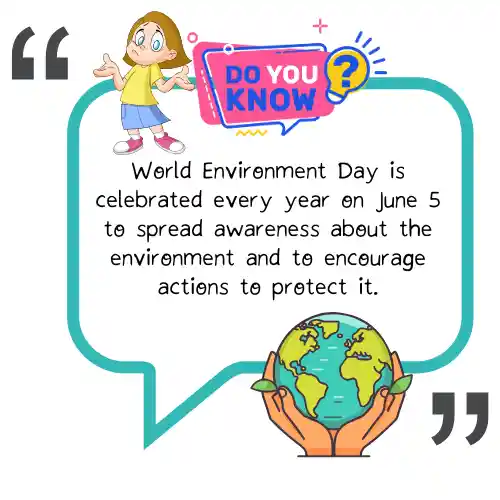
| Some Important Links | |
| Download Environment and its Components PDF | Click Here |
| If you are satisfied with our website iaspcsprep.com, Please like and share with more people. | |
| Follow on Instagram | Follow Now |
| Join WhatsApp Group for PDF | Join Now |
| For any Query and Feedback, Contact Us at – study@iaspcsprep.com. | |

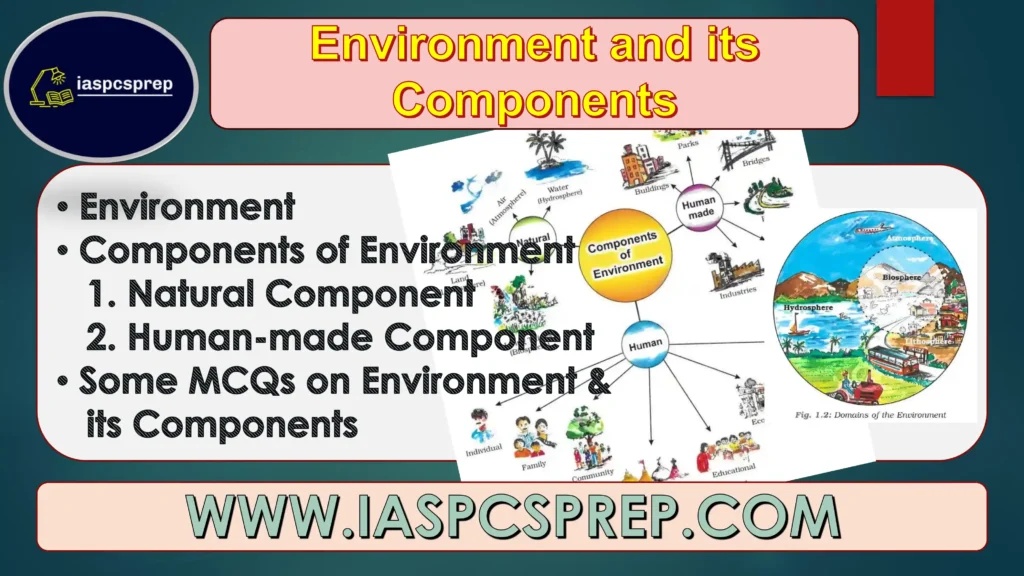
Related Posts:


